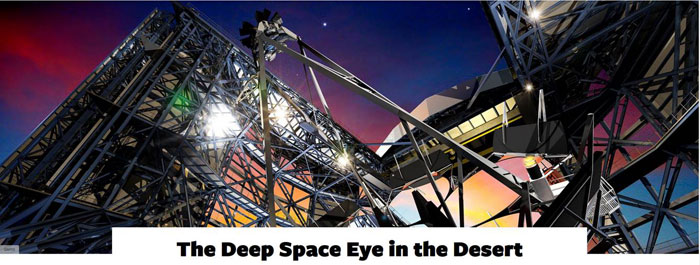E6 Low Expansion Glass
Ohara manufactures E6 Low Expansion Glass specifically for University of Arizona’s mirror projects.
E6 Low Expansion Glass
In 1982, Ohara supplied E6 Low Expansion Glass to The University of Arizona for the first spin cast trial mirror, used in The Vatican Advanced Technology Telescope. Over the decades, Ohara’s E6 has been used in the Smithsonian Astrophysical Observatory, the Large Binocular Telescope, and the Multiple Mirror Telescope Conversion, to name a few. Currently, E6 Low Expansion Glass is being used to make the primary mirrors for the Giant Magellan Telescope (GMT)! The GMT is under construction at the Las Campanas Observatory in Chile. This segmented mirror telescope will utilize seven monolithic lightweight mirrors (the largest in the world): 6 off-axis 8.4 meter (27 ft.) in diameter mirror segments surrounding 1 single on-axis mirror segment, forming a single optical surface 24.5 meters (80 ft.) in diameter.
The 8.4-meter lightweight honeycomb GMT mirror segments are being produced at the Richard F. Caris Mirror Lab at the University of Arizona. Ohara E6 glass is placed inside a giant rotating oven where it is “spin cast,” giving the glass a natural parabolic shape. Each of the 8.4-meter diameter primary mirror segments weighs approximately 19 tons.
Watch the videos below to learn about OHARA’s and the U of A’s production processes.
Videos
Ohara Corp
Richard F. Caris Mirror Lab, Steward Observatory, The University of Arizona
Richard F. Caris Mirror Lab, Steward Observatory, The University of Arizona
Richard F. Caris Mirror Lab, Steward Observatory, The University of Arizona
The LLST (Large Synoptic Survey Telescope creates the widest and deepest image of the universe using Ohara E6 Low Expansion Glass.
Unlike any telescope ever built the LLST will survey the entire night sky every few days and repeat this process over 10 years creating the widest and deepest survey of the sky ever created. It will bounce light through innovative 3 mirror design consisting of an 8.4 meter primary, a 3. meter convex secondary and a 5.0 meter tertiary resulting in a massive 9.62 square degree image. That’s over 40 times the area of the moon!
Gallery
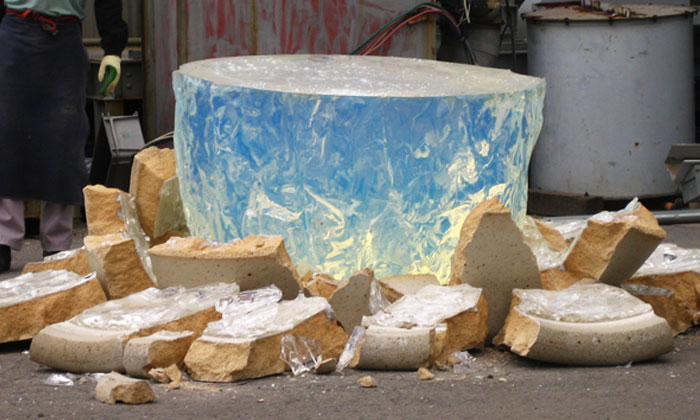
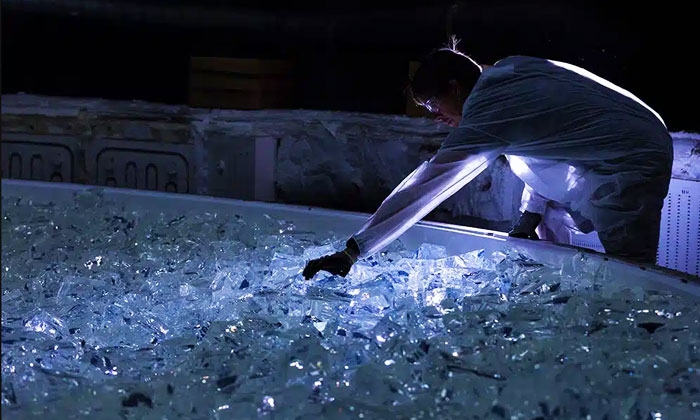
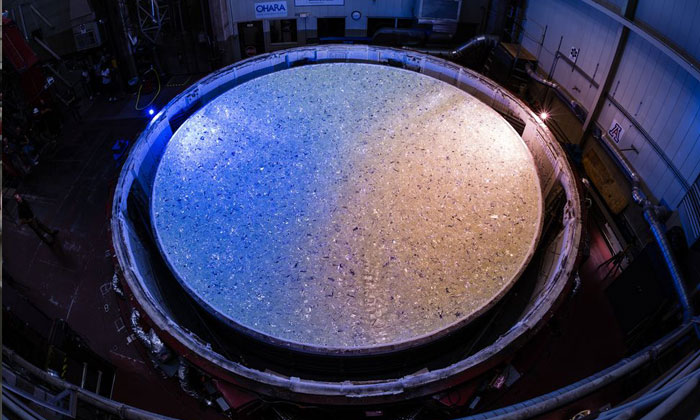
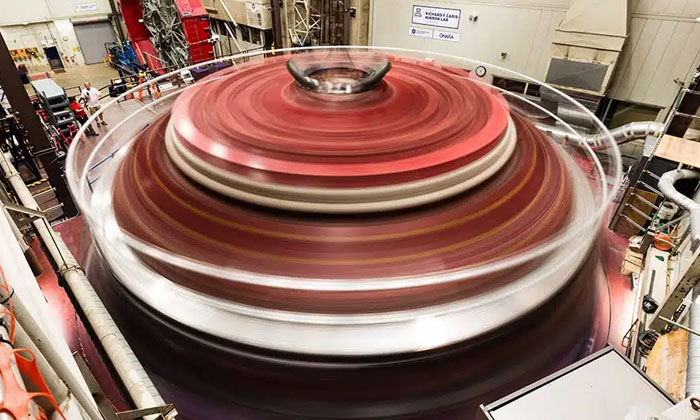
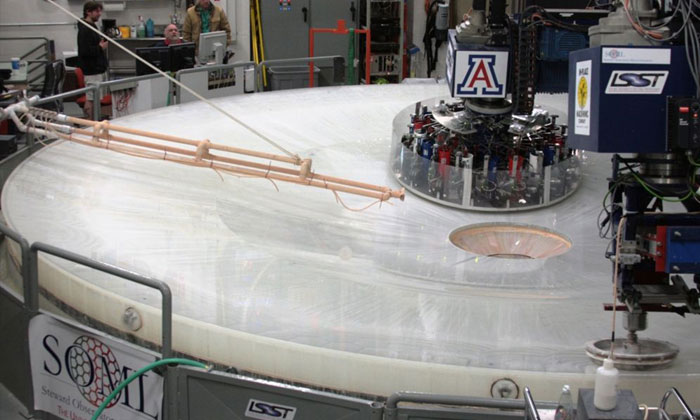
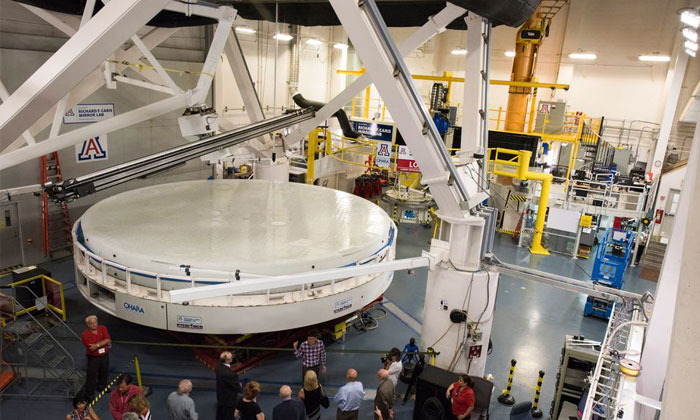

Technical Papers & Articles
- The last required piece of the world’s largest telescope takes shape at UArizona – Hannah Hindley
- U of A 8.4M Segments for GMT – SPIE Astronomical Telescopes Conference – Buddy Martin
- Chunks of Glass, Made Into a Mirror, Will Probe Stars – University of Arizona, Daniel Stolte
- Putting the Polish on Epic-Scale Telescope Mirrors – Dae Wook Kim, Buddy Martin
- GMT – Primary Mirrors – Credit: Giant Magellan Telescope – GMTO Corporation.
- The Large Binocular Telescope (World’s Largest LBT) – University of Arizona, Peter Wehinger
Author: Jay Bennett for Popular Mechanics
Feb 14, 2018

